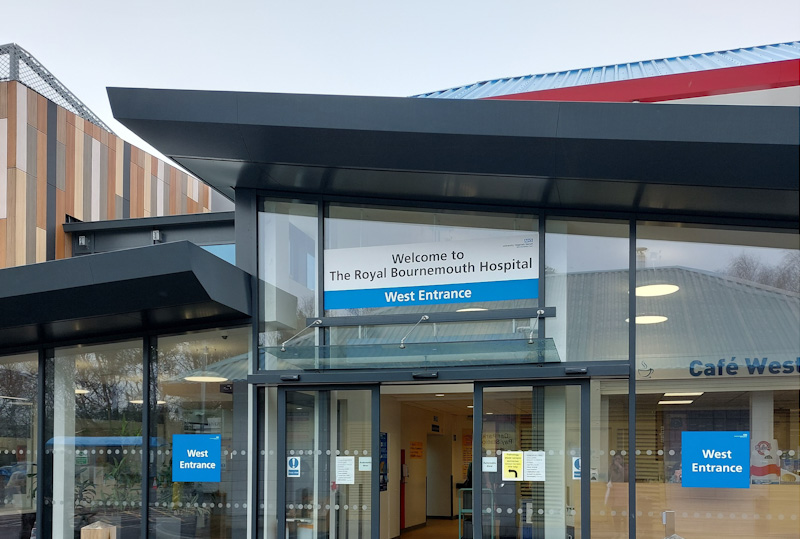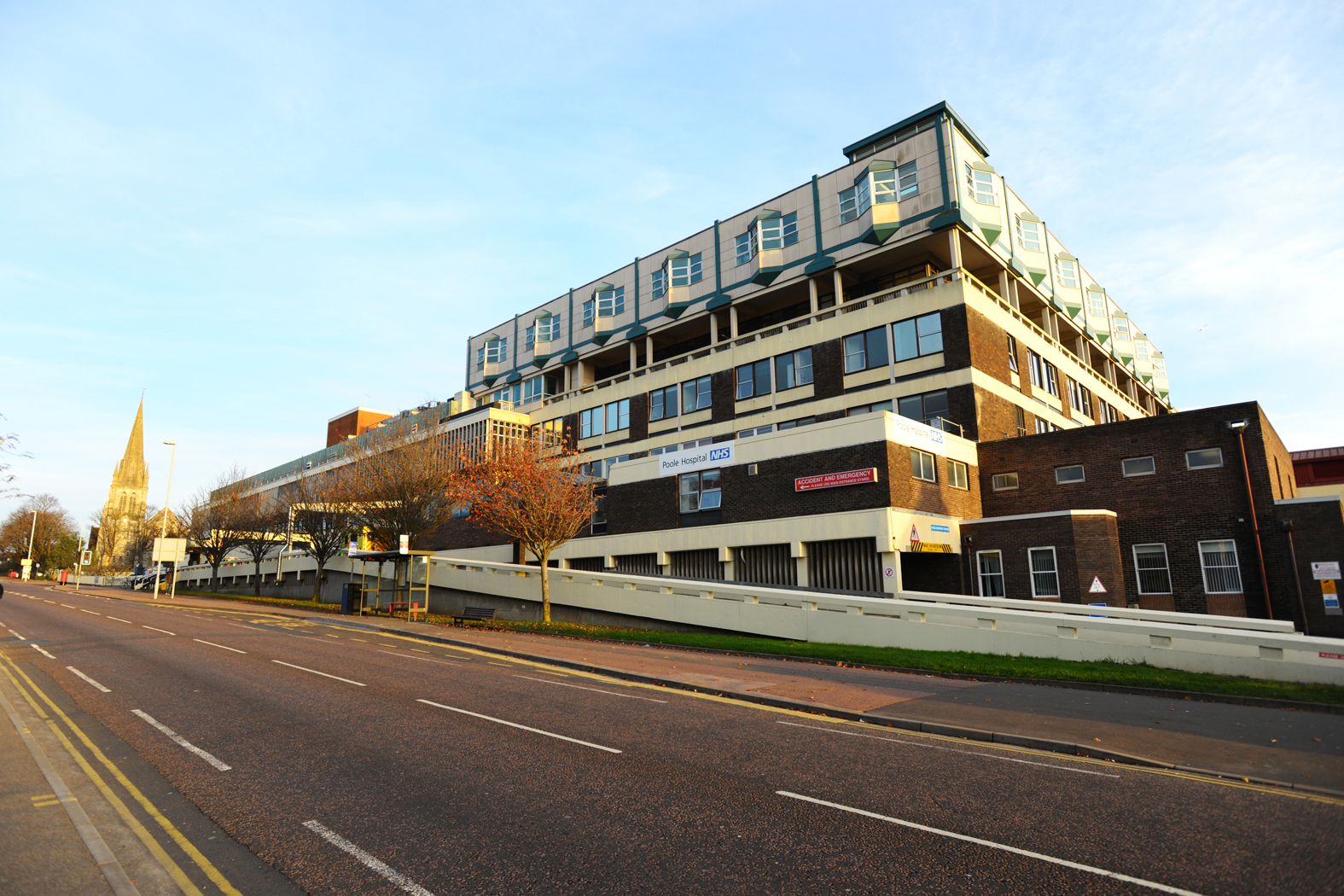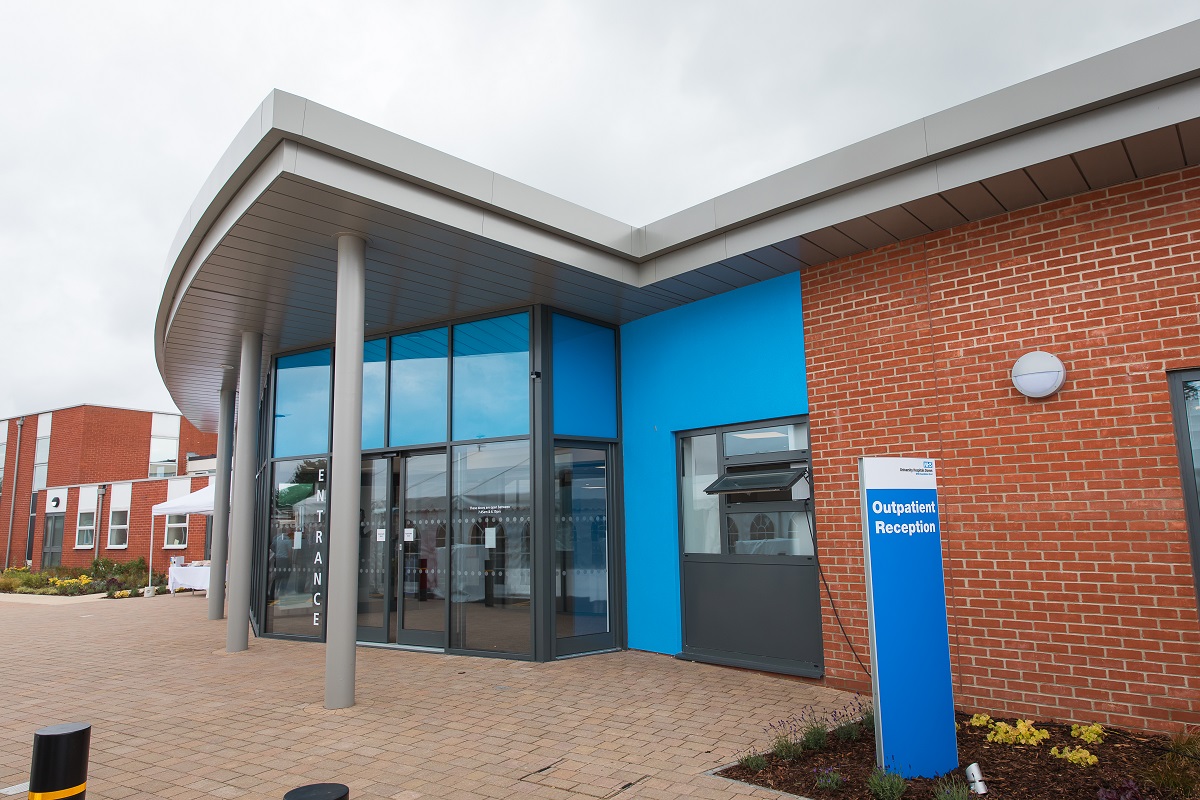EEG (Electroencephalogram)
EEG stands for electroencephalogram. An EEG is a recording of your brain activity. It is a test that is useful in a range of neurological conditions and is most commonly used in the investigation of epilepsy. We offer a range of different types of EEG. The type of EEG you have depends upon many factors, and this is carefully assessed before you receive your appointment.
We perform EEG on patients of all ages and abilities. We can adapt the test to suit younger patients, and most children tolerate the test very well. It is often helpful to bring things to distract your child, such as toys, a tablet or books. We do our best to accommodate any requirements that may help with the success of the test so please do not hesitate to contact us if you have any concerns.
Routine EEG
You or your child will sit in a chair, or on a couch. We will attach several electrodes to the scalp, and some to the shoulders, with a sticky paste. These electrodes allow us to record brain activity.
We may get you or your child to perform a deep breathing exercise, and possibly show you a flashing light. These procedures will be discussed with you at the appointment, and we will gain your consent before we do this. Once the test is finished we will remove the electrodes and the sticky paste. You will need a hair wash later to remove all residue completely. The whole appointment will typically last for 1 hour.
Sleep Deprived EEG
A sleep deprived EEG is similar to a routine EEG (link to routine EEG) but it is performed after a period of sleep deprivation. We will provide you with full instructions before you do this, and also gain your consent. During the appointment you are given the opportunity to sleep. This appointment may last up to 2 hours.
Ambulatory EEG
An ambulatory EEG is a recording of your brain activity over a period of 24 or 48 hours. The aim is for us to record the symptoms that you, or your doctor, are concerned about during your typical events, and/or to monitor your brain activity when you are asleep. Events can vary widely - examples include abnormal movements, loss of consciousness and changes in behaviour.
We will use glue to attach several electrodes to your head and arms. The electrodes are plugged into a recording box that you will carry in a rucksack or bag, provided by us. You will not be able to have a bath or shower for the whole recording period, and it is best if you wear loose clothing so it is easier for you to get changed. Please make sure your/your childs hair is clean and do not apply any hair products prior to this appointment.
You will need to return to the department after the first 24 hours to have the electrodes checked and the batteries changed. If we have enough information after 24 hours we may remove the equipment at this time. If we need to continue for another 24 hour period we will remove the equipment the following day.
Home Video Ambulatory (HVA) EEG
Home video ambulatory (HVA) EEG is a recording of brain activity over a period of 24 or 48 hours at the same time as recording a video of you, or your child, whilst at home. The aim is for us to record the symptoms that you, or your doctor, are concerned about. Events can vary widely - examples include abnormal movements, loss of consciousness and changes in behaviour. We can also perform this test just to monitor sleep.
It is essential that you/your child remains within the view of the camera as much as possible, including during sleep, so we don’t miss anything. The camera can only be used within the home environment, and this is why you must stay at home for this test.
How do HVA appointments work?
Please see the following video to find out more about having an HVA EEG at Poole Hospital
If you are having the test for 48 hours you will be required to attend an appointment in the department on three consecutive days. Please make sure your/your childs hair is clean and do not apply any hair products prior to this appointment.
Day 1: On your first appointment one of our healthcare scientists will fit the equipment for you, and show you how to use the video camera. This appointment usually takes around 1.5 hours.
We will use glue to attach several electrodes to your head and arms. We will often use tape and bandages to stop them falling off. The electrodes are plugged into a recording box that will be placed in a bag or rucksack that you will wear. You will not be able to have a bath or shower. You will be given a case to take home the video camera with you.
The equipment has a marker button attached to it – it is really important that you press this when you have any typical events.
We will gain your full informed consent before we proceed.
Your second appointment will be made for the following day.
Day 2: We will download the data, check the wires and change the battery ready for another day of recording. Occasionally we may have enough information and be able to remove the equipment, but you should be prepared for a second day of recording. You must bring the video camera to this appointment. If necessary your third appointment will be made for the following day.
Day 3: We will remove the equipment. We use acetone to remove the glue from your hair. We do our best to remove all the glue but you may be left with some residue which will come out after a thorough hair wash. This appointment can take up to 45 minutes.
Please click here to see a guide on how to set up your HVA camera.
FAQs
Does the camera need to be plugged in all of the time?
Yes. The only time you should unplug the power supply is when you are moving the camera into a different room, or packing it up for your journey to the hospital.
How do I know the camera is recording?
- The camera window must be open.
- The camera is recording if you can see the word REC flashing in red at the top of the camera window.
- The camera is NOT recording if you can see the word STBY in green at the top of the camera window.
- You must press the Start/Stop button in order to get the camera to record.
If I close the camera window will it still be recording?
No. Every time you shut the window the recording will stop. When you open the window you must press the Start/Stop button in order to start recording again.
Do I need to adjust any of the camera settings?
No. Please leave all the settings as they are. You do not need to change anything, including zoom and focus.
There are intermittent blue and green flashing lights coming from the camera. Is this ok?
Yes this is absolutely fine.
Where should I position the camera?
- Place the camera on a flat surface near to a power supply. The camera must be plugged into mains power at all times.
- If possible do not point the camera directly at a window because the light stops us from getting a good picture. Instead position it with a window behind it.
- Do not put the camera right next to a television.
- Keep the power lead out of reach of small children and animals.
Does the camera record audio as well as video?
Yes. Therefore please let anyone in the room know that we can hear them, even if we can’t see them!
Do I need to leave a light on when I am sleeping?
No. The camera has its own infrared light source BUT you must remember to press the NIGHT SHOT button on the camera before you turn off the lights. The recording screen will turn green when the NIGHT SHOT function is on.
One of our cameras needs you to turn on the infrared light source. If necessary you will be told about this at your appointment.
Do I need to bring camera to every appointment?
Yes. This is essential.
Will I be able to leave the house/ go to school during this test?
No. The aim of this test is to record you/your child on video as much as possible. Due to confidentiality reasons the camera cannot be used outside of the home environment. Depending upon your circumstances and the aim of the test, it may be possible to adapt the test. Please contact us to discuss.
When should I press the event marker button?
This will be discussed at your appointment. Please remember to press the button when required throughout the recording. This is essential for the success of the test.
Will I be able to change my clothes once the equipment is fitted?
Yes. We will explain to you how to get changed at your first appointment. However it is easier if you are able to wear a shirt or loose fitting T-shirt with a wide neck.
How do you remove the electrodes and glue?
We use acetone to remove the glue. We will remove as much of the glue as possible but you may be left with some flakes of glue still in your hair, which will come out when you wash your hair at home.
How long do the results take?
It can take up to 3 weeks for the results to be processed. The results will be sent to the doctor who asked for the test.
I am worried about my child not being able to cooperate with the test, what can I do?
- Feel free to bring in activities to keep your child occupied during the test. There is no problem with your child watching videos or playing with toys whilst we apply the electrodes.
- If you and your child would like to come and have a look around the department before your appointment we are happy to arrange this.
- Please don’t hesitate to contact us and we will be happy to discuss.
Can I do exercise during the recording?
We ask you not to do any vigorous physical exercise, such as trampolining, during the test. This can cause lots of movement that can stop us seeing the brain activity.









